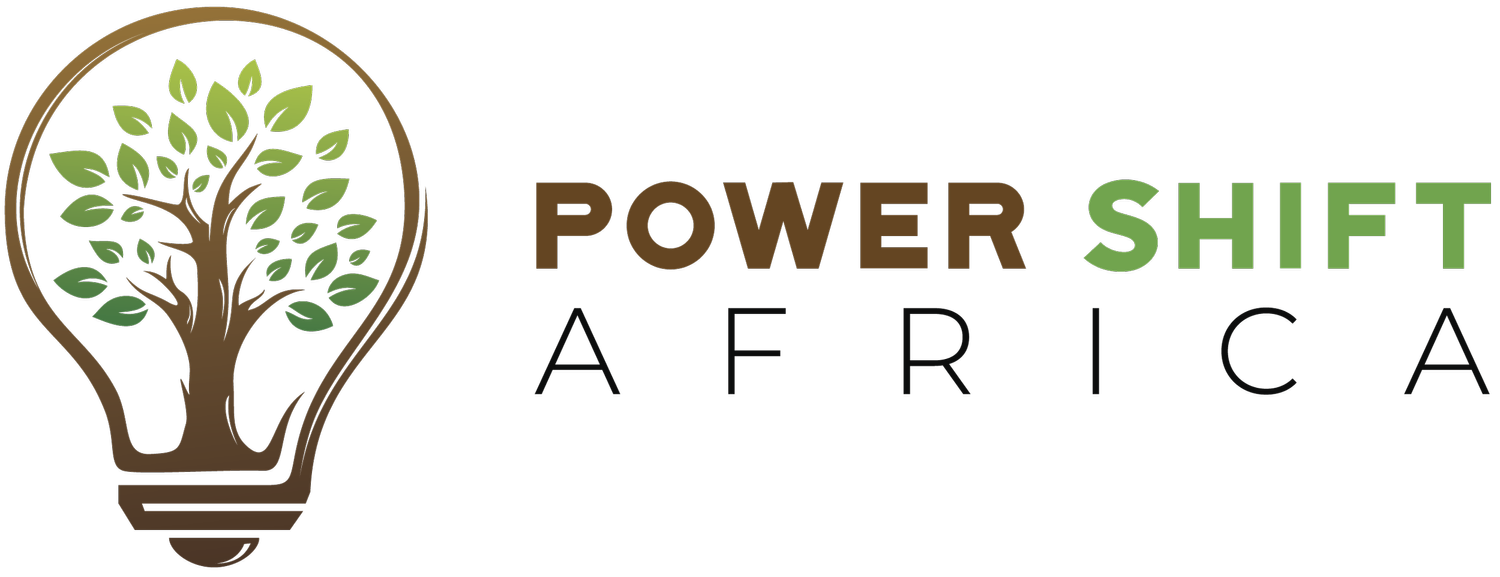ANALYSIS: The 5 ‘‘Action Fronts’’ of the Baku to Belém Roadmap
The Baku to Belém Roadmap report, published recently by the COP30 presidency, proposes ‘‘5 action fronts’’ to accelerate the provision of finance to drive climate action in poor, climate-vulnerable developing nations. In this piece, Power Shift Africa assesses the 5 action fronts and their relevance to the mobilisation of resources.
After gathering information from governments, civil society, businesses and other stakeholders for one year, the presidencies of COP29 (Azerbaijan) and COP30 (Brazil) finally published the ‘‘Baku to Belém Roadmap to $1.3 trillion’’ report.
The report details suggested actions across grants, concessional finance, private finance, climate portfolios, and capital flows, designed to drive up climate finance over the next decade.
The roadmap does not create new financing schemes or mechanisms. Instead, it provides a ‘‘coherent reference framework’’ on existing frameworks to facilitate different actors to scale up climate finance.
However, the Roadmap proposes 5 action fronts and is designed to ‘‘serve as a basis and a force to accelerate implementation’’ by transforming climate finance into ‘‘a decisive instrument for securing a livable and just future.’’
These are:
Replenishing – Grants, Concessional Finance and Low-cost Capital
Concessional finance is key to enabling finance flows to developing countries. it could take the form of grants, patient capital/equity and concessional debt. Concessional dent is a type of loan that’s offered with more favourable terms, often at less interest than market rates, and a longer repayment period.
Concessional loans could be provided by one government to another government or by a multilateral development bank (MDB).
Rebalancing – Fiscal Space and Debt Sustainability
Many developing countries, especially in Africa, are buckling under the weight of debt. The crisis is fueled by both macroeconomic shocks of slow trade, rising debt burdens, and growing impacts of climate change.
The situation is complicated by the high cost of capital for developing countries. Today, developing countries borrow at between 2 and 4 times higher interest rates than those paid by wealthy nations.
The Roadmap notes that removing barriers to capital, particularly lowering interest rates, is necessary to help developing countries manage their public debt better and build a healthier fiscal space to facilitate climate action and finance provision of essential public services.
In recent years, calls for climate-resilient debt, debt swaps and debt restructuring have been growing to relieve countries burdened with loans.
Rechanneling – Transformative Private Finance and Affordable Cost of Capital
Private finance flows take the form of investments, debt, and equity from banks. The Roadmap promotes private finance as ‘‘a driver of transformation of economies’’, necessary to accelerate climate action and sustainable development.
It notes that capital flows from the private sector are essential in driving the adoption of new technologies, especially in adaptation.
Africa, however, rejects any attempts to meet the $1.3 trillion target through ‘‘complex or opaque’’ accounting methodologies, blended finance schemes, or repackaged private flows.
This policy brief by Power Shift Africa and other civil society organisations observes that private finance often fails to reach frontline communities whose lives and livelihoods have been disrupted by climate impacts.
They also oppose the narrative of merely “mobilising all sources” of finance, insisting that the Roadmap must be anchored ‘‘in the legal obligations of developed countries’’ as contained in Article 9.1 of the Paris Agreement.
Revamping – Capacity and Coordination for Scaled Climate Portfolios
Under the United Nations Framework Convention on Climate Change (UNFCCC), developing countries are required to design national plans for different priority areas, including in adaptation and resilience building.
At the moment, delivery mechanisms for these plans are under resourced, financial instruments insufficient, and their governance fragmented.
To this end, the Roadmap calls for initiatives to support developing countries to strengthen their institutional capacity. This support should be channeled through national systems and public development banks.
This support, the Roadmap reiterates, is essential to build lasting capacity to deliver bankable, climate-proof projects in developing countries.
Reshaping – Systems and Structures for Equitable Capital Flows
Regulations create stability in markets and different sectors of the economy. They are also key to scaling up climate finance flows.
For years, however, African and other developing countries have been demanding the reform of the international financial system to facilitate finance flows. They want its rules, norms, regulations and other structural elements that constrain finance flows to be relaxed and even withdrawn.
By removing these barriers, the Roadmap says capital will flow freely and smoothly to help climate-vulnerable countries initiate the required interventions to protect their people and economies.

